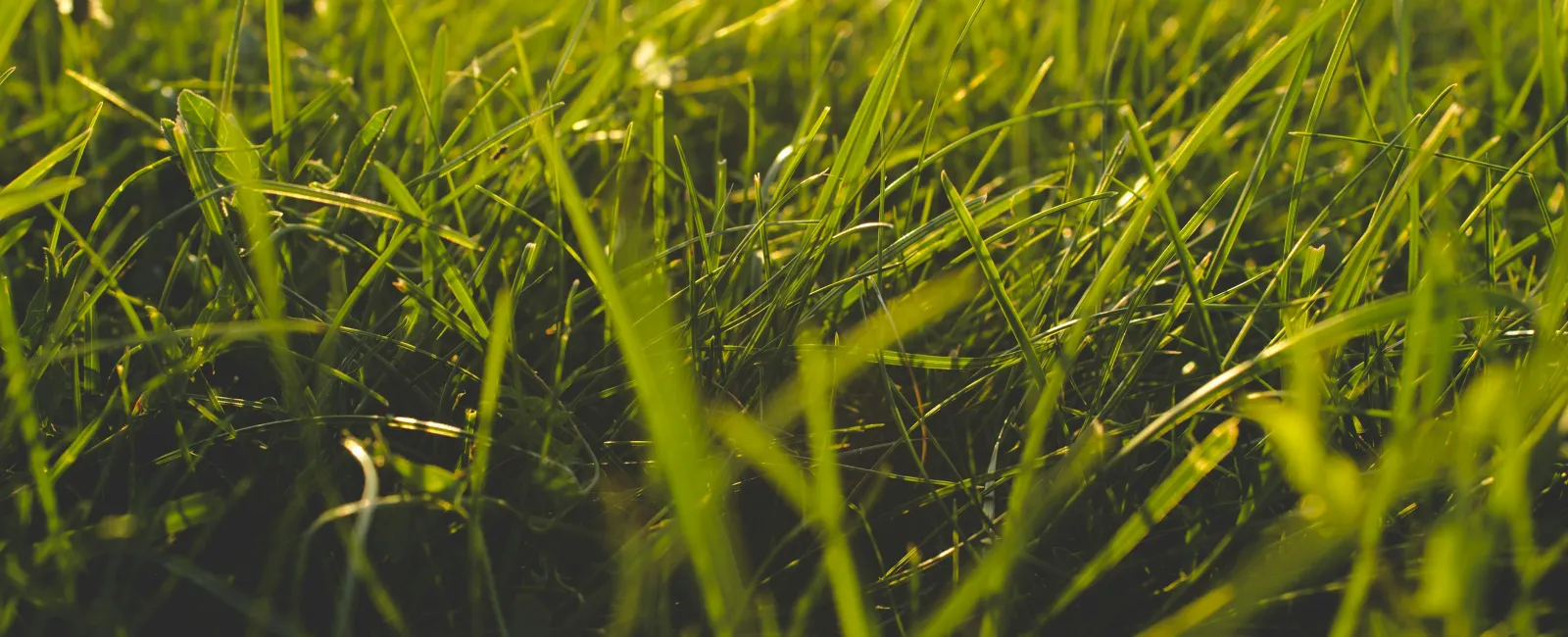Crabgrass is one of the most common invasive weeds in America. Year after year, Americans find that their lawns are being overgrown by this weed in the spring. So, what can you do about it?
In this article, we'll look at some steps to eliminate crab grass in your lawn, some basics about the plant, and how you can identify it.
What Is Crab Grass?
First, we have to discuss crabgrass. Crabgrass is an invasive type of grass that occurs everywhere in the world. The most common crabgrasses in America are large and smooth crabgrass.
These weeds tend to grow in already thin lawns and are not being watered, drained, or fertilized properly. Crabgrass is extremely durable and robust, germinating in late spring and early summer.
This means that it often outcompetes your lawn grass, destroying the surrounding area and sapping it in nutrients, causing the death of your grass. Typically, crabgrass expands into circles that are around 12 inches in diameter. When crabgrass dies in the autumn, it leaves behind large circular patches - and drops thousands of seeds into these areas, which will germinate the following season. A single crabgrass plant can produce 150,000 or more seeds each and every season.
What Does Crab Grass Look Like?

Crabgrass is easy to recognize because its blades are much broader than most lawn grasses. When it's young, crabgrass usually has a pale, emerald-green color, but older crabgrass may match the color of your lawn.
Depending on the lawn grass you use, it may be hard to recognize crabgrass from some angles. A good way to identify it is to run your hand across the growth and spread it out. If you find a star-shaped central "hub", you're dealing with crabgrass - lawn grasses do not have any central "hub".
It's often easier to spot large patches of crabgrass if you avoid mowing your lawn for several days. It grows faster than your lawn, so you will quickly see "clumps" higher than your lawn's surface.
Is Crab Grass A Broadleaf Weed?
No. This misconception is often due to the fact that some herbicides are marketed as killing only "crabgrass and broadleaf weeds." Crabgrass is not a broadleaf weed at all. It is a type of invasive grass.
Broadleaf weeds are easy to identify. As the name implies, they have very broad leaves and typically sprout flowers at least once in their life cycle. They do not look like a grass at all. Dandelion, clover, and chickweed are common broadleaf weeds.
How To Kill Crab Grass Naturally
Wondering how to get rid of crabgrass without herbicides? Here are the best tips we have to kill crabgrass naturally.
- Prevention is key—the best crabgrass killer is… avoiding crabgrass altogether! Crabgrass targets weakened poorly-drained, thin areas of your lawn. Fertilizing and caring for your lawn and ensuring adequate drainage and growth are the best ways to stop crabgrass from taking root and destroying your lawn.
- Pull out plants before they seed - Crabgrass plants drop thousands of seeds. Removing the plants from the root before they drop these seeds can reduce the number of crabgrass plants that will sprout next growing season.
- Adjust your lawn care techniques. Don't mow your lawn too short. Keep it around the high end of the recommended height range. This makes it harder for crabgrass seedlings to get light and outcompete your lawn.In addition, water your lawn less frequently but more deeply. Crabgrass has shallow roots. As the soil's surface dries, crabgrass will be sapped of moisture and killed.
How To Kill Crab Grass With Herbicide
If you're going to use herbicide to kill crabgrass, you have two different options:- Pre-emergent herbicide—Pre-emergent herbicides are the best crab grass preventer. They attack only crabgrass and prevent the seedlings from germinating and sprouting. It's best to use them in the late autumn or early spring before crabgrass can take root and grow.
Often, you can use a "weed and feed" product that includes an anti-crabgrass herbicide and a nitrogen-rich fertilizer, which will help ensure healthy lawn growth. This is the single best way to prevent crabgrass infestations.
- Post-emergent herbicide - Didn't catch that crabgrass in time? No problem. You can also use post-emergent herbicides, which are applied directly to crabgrass plants to kill them. For best results, apply in the morning, when temperatures are between 60-90° F, and ensure your soil is moist. Follow the manufacturer's instructions for applying the herbicide. You may need to apply crabgrass killer herbicide twice - once on the grown plants and again on newly sprouted or germinated crabgrass patches. Reseed your grass as soon as possible, and treat your lawn with a pre-emergent herbicide before the next growing season.
Follow These Tips - Eliminate Pesky Crab Grass Infestations
If you're interested in keeping your lawn happy and healthy and avoiding invasive weeds like crabgrass, these tips are sure to help. Know how to identify, remove, and prevent crabgrass from forming - and enjoy a picture-perfect lawn all summer.





